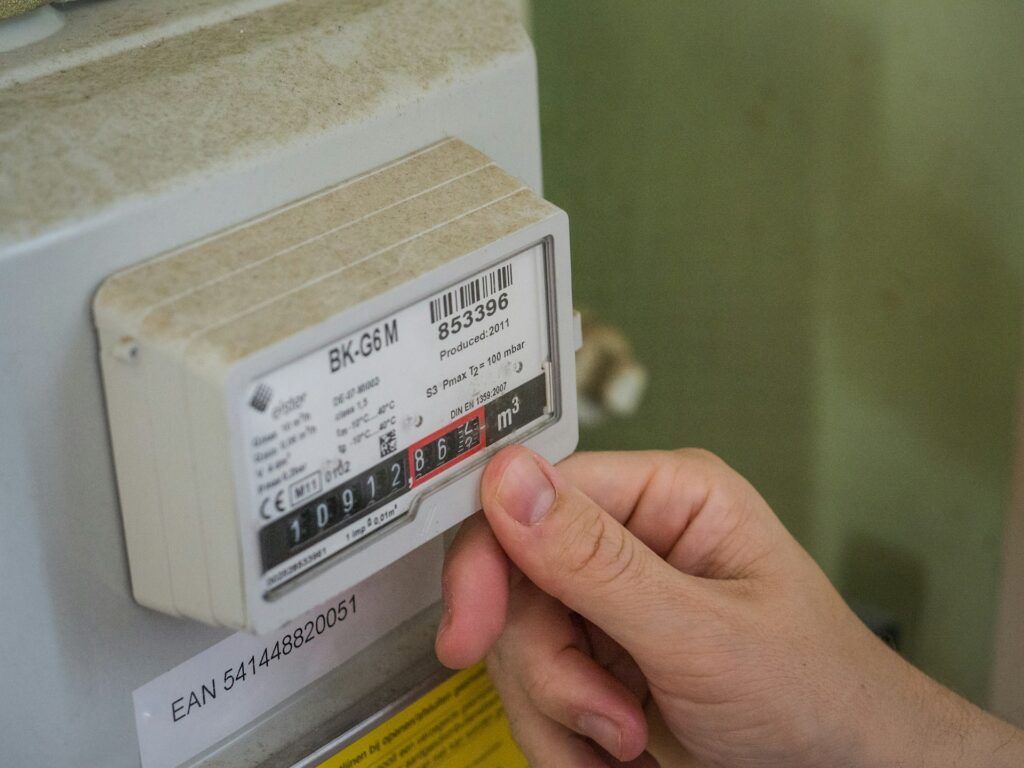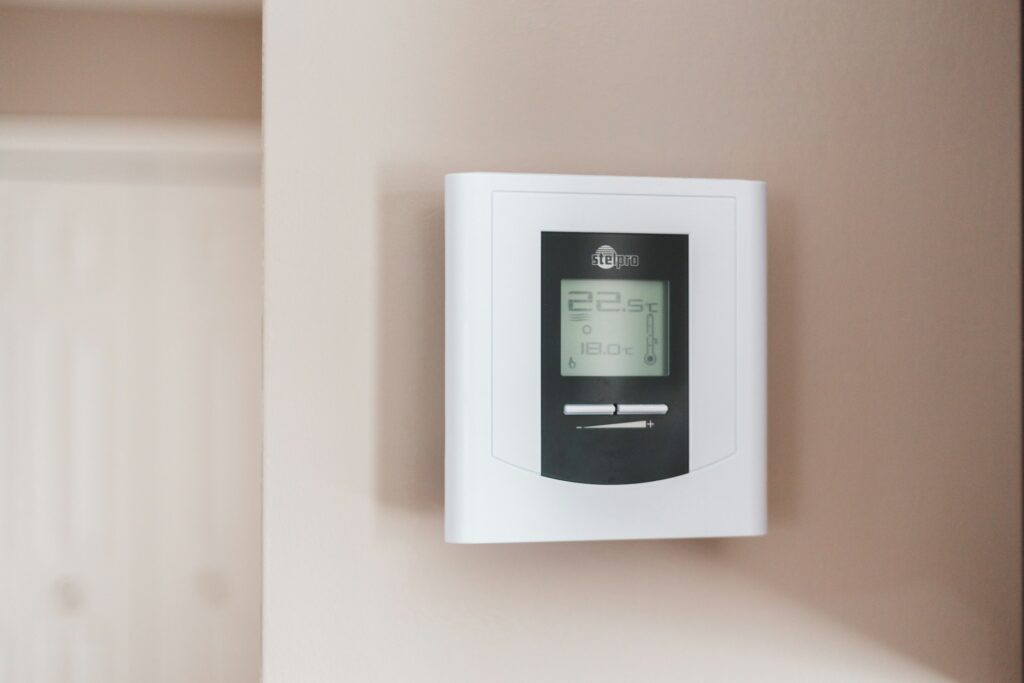Do you dream of running faster without feeling drained? The good news is, you can! While genetics play a role—some people naturally have more fast-twitch fibers for speed—you can train smarter to unlock your potential. Strengthen muscles like your glutes and calves to power your strides and refine your form for better energy use.
Fueling your body is equally important. Proper hydration, nutrition, and rest will keep your energy steady and speed up recovery. Even small tweaks, like improving posture or upgrading your shoes, can make a big difference. With the right strategies, tips, and practice, you’ll not only run faster but also feel stronger and more efficient!
How can I run very fast without getting tired?
1. Focus on your running form
- How-to: Keep your back straight, head up, and shoulders relaxed. Swing your arms naturally, bent at 90 degrees, and aim for a midfoot strike instead of landing on your heels.
- How it helps: A proper form reduces energy wastage, enhances efficiency, and minimizes fatigue by distributing impact evenly across your body.
2. Incorporate interval training
- How-to: Alternate between short bursts of high-speed running (e.g., 1 minute) and slower recovery jogs for 2 minutes. Repeat for 20-30 minutes.
- How it helps: This builds cardiovascular endurance and trains your muscles to sustain speed while managing fatigue.
3. Strengthen your core and legs
- How-to: Add exercises like planks, squats, and lunges to your weekly routine. Include plyometrics, such as jump squats or lunge jumps, once a week.
- How it helps: A strong core and legs improve stability and power, which translates into better running performance and less effort per stride, making it one of the most effective tips to run faster without feeling exhausted.
4. Do tempo runs
- How-to: Run at a “comfortably hard” pace for 20-40 minutes, after warming up for 10 minutes and followed by a cooldown.
- How it helps: Tempo runs train your body to sustain speed over longer distances, even when tired. This will also help you naturally lose weight.
5. Practice hill sprints
- How-to: Find a moderate hill and sprint uphill for 20-30 seconds at full effort, walking back to recover. Repeat 6-10 times once weekly.
- How it helps: This boosts strength and stamina by engaging more muscle groups, improving speed and endurance.

6. Improve nutrition
- How-to: Eat a balanced diet with complex carbs, lean protein, and healthy fats. Stay hydrated and refuel with energy-rich snacks after long runs.
- How it helps: Proper nutrition fuels your body, aids recovery, and keeps energy levels stable during intense runs.
7. Wear lightweight running shoes
- How-to: Invest in shoes designed for speed, with proper cushioning and support suited to your foot type.
- How it helps: Lightweight shoes reduce drag and make each step more efficient, helping you sustain faster paces and run farther than ever, making it one of the most important tips.
8. Warm-up and stretch
- How-to: Begin with 5-10 minutes of light jogging, followed by dynamic stretches like high knees or butt kicks.
- How it helps: Warming up preps your muscles for higher-intensity activity, improving performance and reducing injury risk.

9. Rest and recover
- How-to: Take at least one rest day per week and include light activities like yoga or walking. Get 7-9 hours of sleep each night.
- How it helps: Recovery allows your muscles to repair and grow stronger, preventing overtraining and enhancing speed in the long term.
10. Use Fartlek training
- How-to: Incorporate playful speed bursts into your runs—for example, sprinting to a landmark, then returning to a steady pace.
- How it helps: This informal interval training improves your ability to adjust to varying speeds and builds endurance without exhaustion.
11. Incorporate barefoot strides
- How-to: After your regular run, remove your shoes and run on soft, flat grass for about 100 meters at a relaxed, natural pace. Perform 4-6 strides focusing on maintaining good form. Gradually integrate this into your weekly routine.
- How it helps: Running barefoot strengthens foot muscles, improves proprioception, and encourages a more efficient stride, which can enhance speed and reduce fatigue over time.

12. Practice rhythmic breathing
- How-to: Use a 3:2 ratio where you inhale for three steps and exhale for two while running. Match this rhythm to your stride for better oxygen efficiency. Adjust the ratio to your pace and comfort level.
- How it helps: Coordinated breathing prevents side stitches and maximizes oxygen intake, helping you maintain a faster pace without tiring quickly.
13. Try backward running
- How-to: During warm-ups or cooldowns, run backward for 30-60 meters on a safe, flat surface. Do 4-6 reps at a slow to moderate pace, focusing on posture and coordination.
- How it helps: Backward running engages different muscle groups, boosts balance, and strengthens underused muscles, which can enhance forward running efficiency and speed.
These expert-backed tips will not only help you run faster but also make running longer distances feel more achievable. By optimizing your form, building strength, and using strategic training techniques, you can unlock your full potential as a runner.
Adopting these methods will also boost your confidence. As you see progress, your fear of fatigue or hitting limits will fade, replaced by the thrill of running effortlessly. You’ll gain control over your pace and endurance like never before.
With consistency and focus, you’ll conquer new personal bests, enjoying every step of the journey!
Remember, quitting smoking and cutting back on alcohol, coupled with a balanced diet, will also help you run faster!

